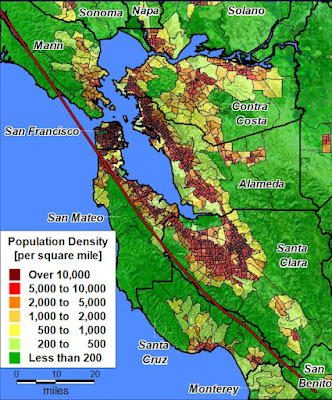San Andreas Earthquake Scenario
When I wrote my book I expected a San Andreas earthquake scenario to be easy to find with all the Hollywood disaster movies. However, official scenario documentation, particularly more current, has been challenging to find. This particular ShakeOut Earthquake Scenario page on the USGS website is dated January 17, 2018, but much of the information is based on a 2008 ShakeOut Scenario. Since most material I read referenced that 2008 ShakeOut, that is what this scenario post is based on. The ShakeOut The State of California Department of Conservation has a 2008 earthquake scenario that was used for its ShakeOut drill in the event of an earthquake on the San Andreas Fault ( 2008 ShakeOut Scenario ). The scenario projected about 1,800-2,000 deaths, 50-53,000 injuries requiring emergency care, and $191-200 billion in damages. Like other scenarios, this doesn’t include the lasting disruption those damages will cause. And, those numbers are just estimates from the main shock. Additional ...
